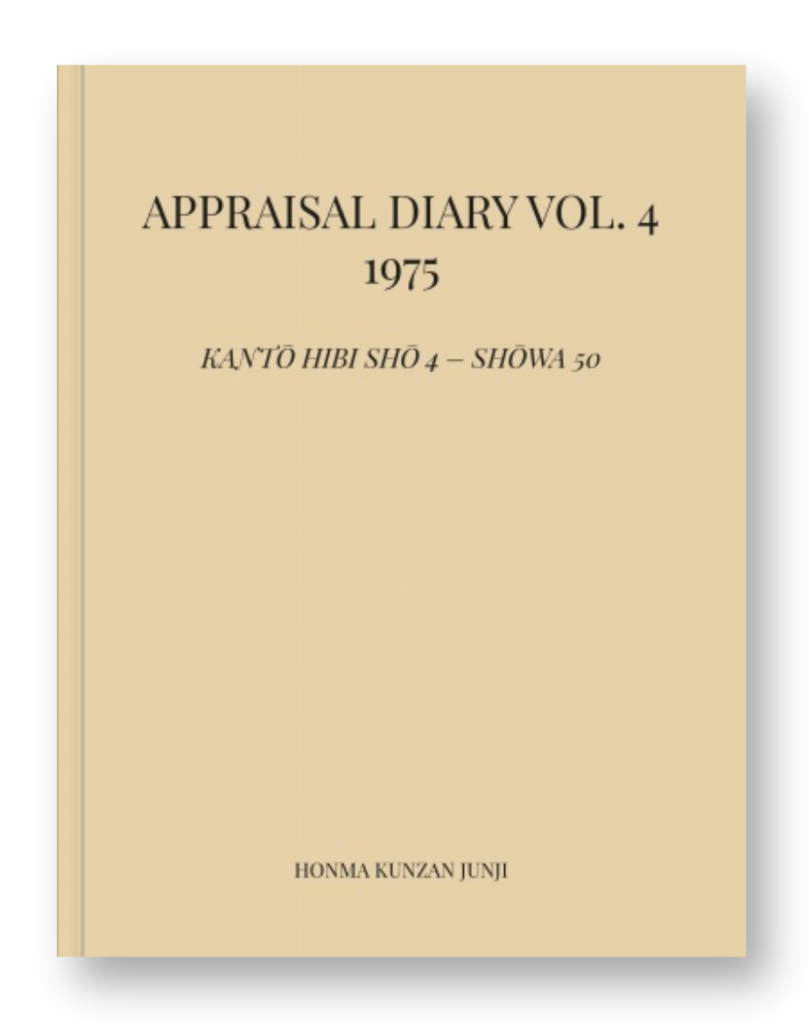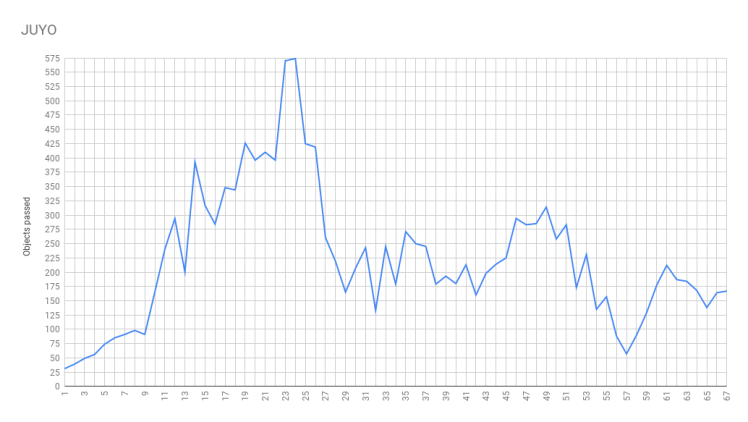Whilst I was looking for somthing else, I came across a note in my database that said: “43.120.151 – Check signature.” The background for this entry is one of the first projects I tackled after joining The Met in 2018, which was to decipher and translate all the signatures seen on sword fittings and put that into a database. To give you an idea about the scope of this venture: Of about 3,500 sword fittings in the collection of The Met, about 2,500 are signed.
So, the object in question, which has the accession number 43.120.151, is a humble kozuka that bears an inscription and a difficult to decipher signature. The piece itself is of shibuichi and depicts a tree and two eldery men in low relief, whose walking sticks are highlighted via gold iroe. Thus, my first thought was, the motif is probably a reference to some famous Chinese subject, like Taoist immortals or hermits, etc. In any case, I was more interested in the inscription as I always see them as a challenge and good opportunity to learn something.
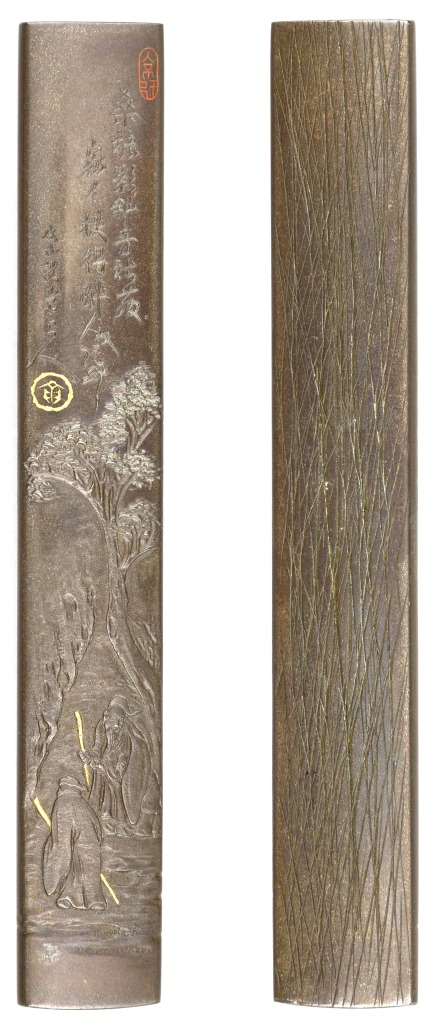
Luckily, the inscription is not interpreted in crusive script and is therefore relatively easily to decipher as:
桑樜影斜春社散
家々扶得醉人歸
Sōsha-kage o namame ni shite shunsha san-su,
kaka suijin o tasuke-ete kaeru.
I will deliver the translation shortly, but I want to walk you through the “solving process” so to speak. Just googling this inscription, which has been revealed as being a poem, yields fairly many results, and after some research, I was able to find what I think was the very inspiration for this kozuka. That is, a double-page in the Waka Meiga En (和漢名画苑, lit. “A Garden of Celebrated Japanese and Chinese Paintings”) that was published by Ōoka Shunboku (大岡春卜, 1680–1763) in Kan’en three (寛延, 1750). Fortunately, The Met is also in the possession of a copy Shunboku’s six-volume publication, so you can find some information on this publication here.
The aforementioned double-page is titled: Gan Ki hitsu (顔輝筆, “Painting by Yán Huī [early 14th century]”) and Yotte Kika Zu (酔歸家圖, “Drunks Going Home”). This title is then followed by the very poem we see on the kozuka, and the double-page can be seen below.
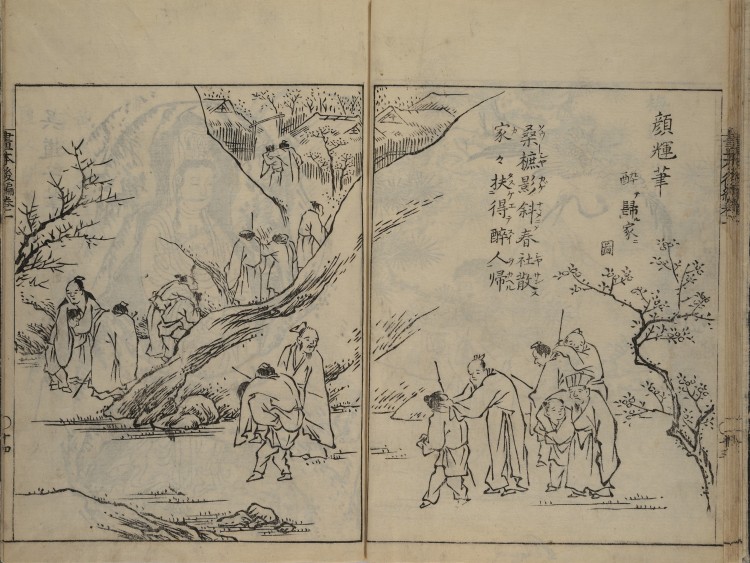
As you can see, we have some adults and the eldery with walking sticks depicted, plus trees and some kind of pathway between foothills of mountains which are referenced on the kozuka as well. And now we come to the translation of the poem, that is, what is this motif all about?
“When the shadows of the mulberry trees lengthen and the Spring Festival breaks up, all families return and support those who are drunk.”
So, the double-page and the kozuka depict just that, i.e., ordinary people returning to the village after having enjoyed a festive day somewhere outside, with some of them overdoing it with the sake and now need help to make it back home safely. I can imagine this evening scene very well😇
But, it wouldn’t be fun without a little mystery, right? The mystery in this case being the actual signature of the piece. For the sake of completeness, the copper seal at the very top right of the kozuka reads “Kyōto seal” (京印). Now, the mei (some shots that show the mei and inscription a little better are shown below) starts with Shiryū (紫龍), which is one of the many art names (gō) of Ōtsuki Mitsuoki (大月光興, 1766–1834), and the last two characters are dōjin (道人). The character in between is a bit difficult to read, but I think it is Mitsu (光). That is, it does not appear as dō (堂) to me, which Mitsuoki used as suffix for the previously mentioned art name in the form of Shiryūdō (紫龍堂), and it does not appear to be Kyoku (髷) either, which Mitsuoki used as a prefix for dōjin to create yet another art name, Kyoku-dōjin (髷道人). In short, the signature could either be “Shiryūdō-dōjin” (紫龍堂道人), or “Shiryū Kyoku-dōjin” (紫龍髷道人), but as mentioned, I don’t think that this is the case. We know that Mitsuoki very often abbreviated his family name Ōtsuki (大月) to just as Tsuki (月). So, there is the remote possibility that he abbreviated his name Mitsuoki to just as Mitsu here, although I have to admit, I have never seen any other work of his signed this way, i.e., “Shiryū Mitsu dōjin” (紫龍光道人)…
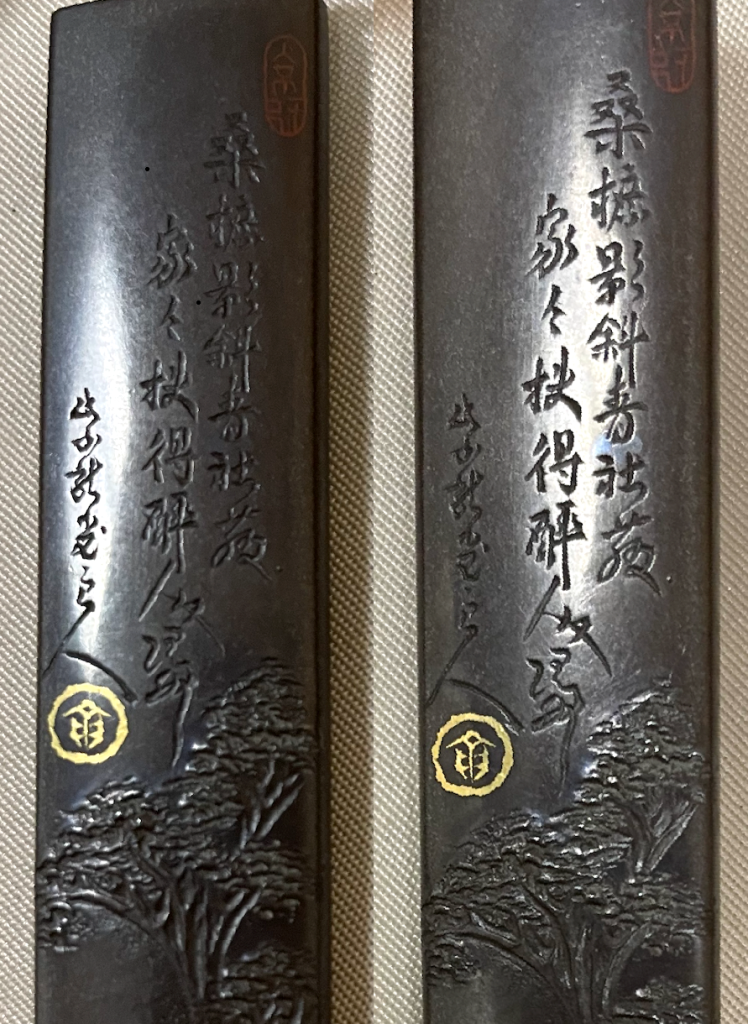
Lastly, I would like to mention that the kozuka came to The Met as part of the large collection of sword fittings the brothers Herman A. E. and Paul C. Jaehne gifted to the museum in 1943. Some of their records and notes are still with certain pieces, and the kozuka introduced here comes with the cryptic description: “Unsigned? After the old painting by Masayuki, by Horyusai Mitsukyo.”



